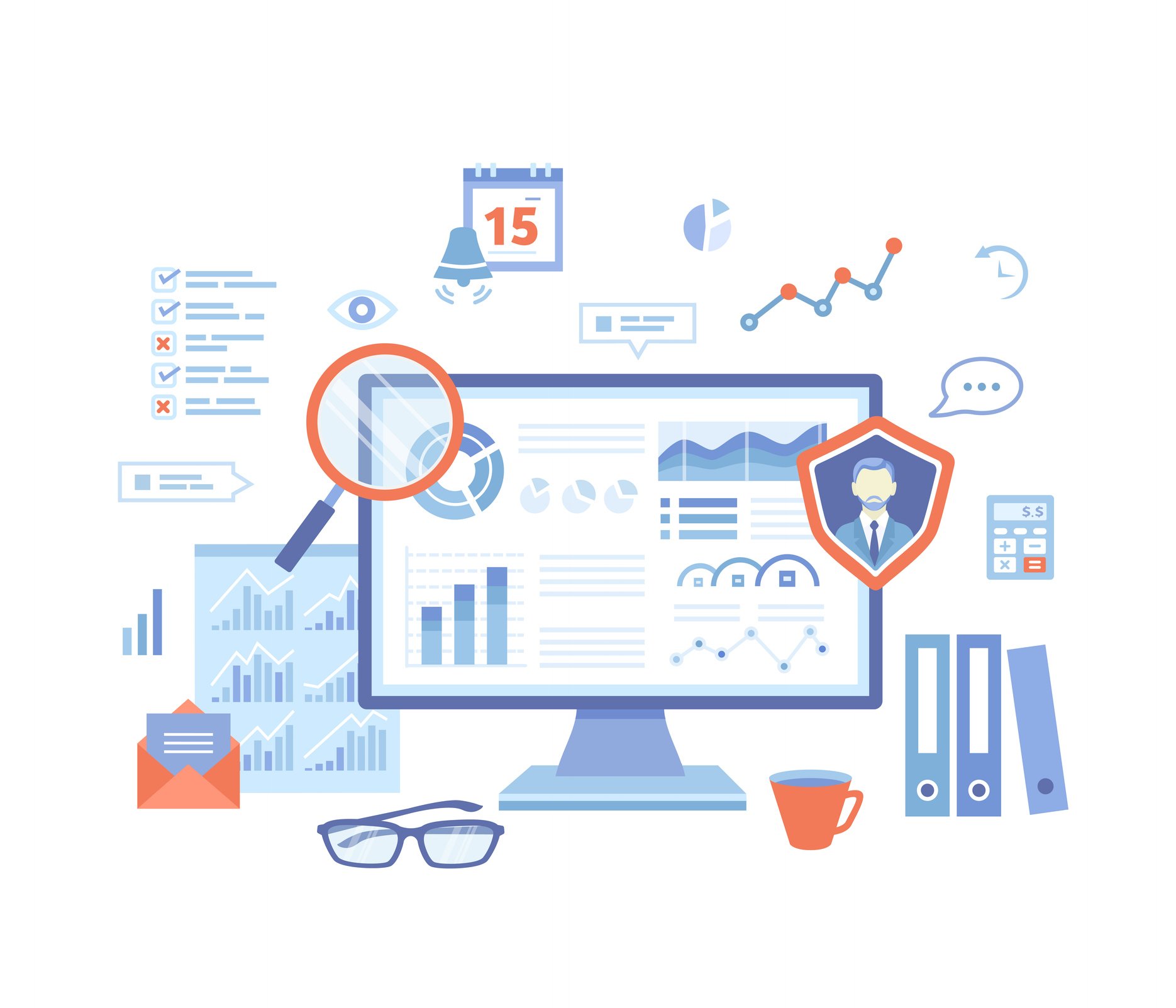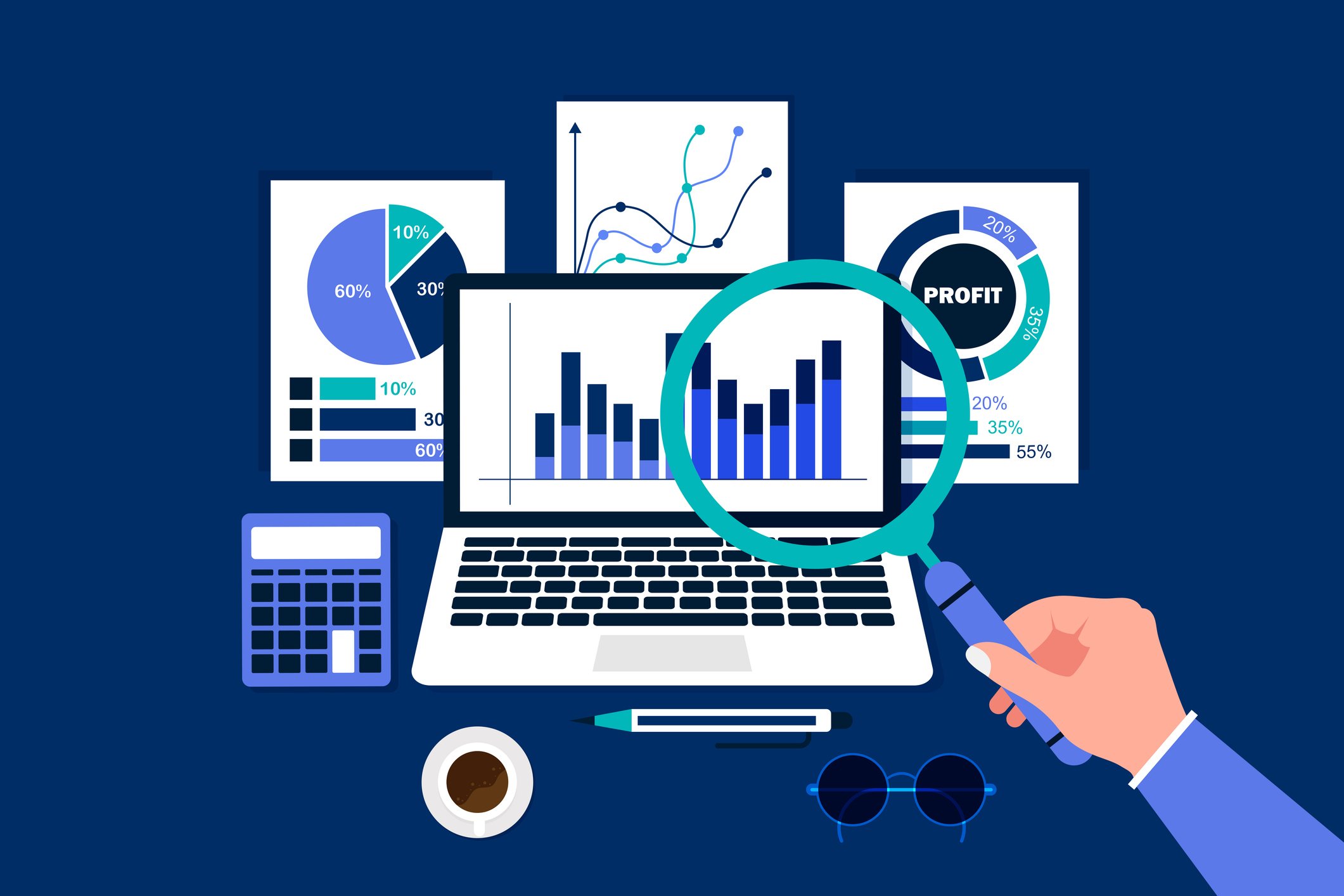What Is Telecom Billing and How to Choose Billing Software for IoT Devices

- October 2025 (3)
- September 2025 (3)
- August 2025 (3)
- July 2025 (2)
- June 2025 (3)
- May 2025 (3)
- April 2025 (3)
- March 2025 (2)
- February 2025 (1)
- December 2024 (2)
- November 2024 (1)
- August 2024 (2)
- June 2024 (3)
- May 2024 (3)
- April 2024 (1)
- March 2024 (3)
- February 2024 (2)
- January 2024 (2)
- December 2023 (1)
- November 2023 (2)
- October 2023 (2)
- September 2023 (1)
- August 2023 (1)
- July 2023 (2)
- June 2023 (3)
- May 2023 (2)
- March 2023 (4)
- January 2023 (2)
- November 2022 (2)
- September 2022 (1)
- August 2022 (2)
- July 2022 (2)
- June 2022 (1)
- May 2022 (1)
- April 2022 (3)
- March 2022 (1)
- February 2022 (3)
- January 2022 (2)
- December 2021 (1)
- November 2021 (1)
- October 2021 (2)
- September 2021 (3)
- August 2021 (1)
- July 2021 (4)
- May 2021 (2)
- April 2021 (2)
- March 2021 (2)
- February 2021 (3)
- January 2021 (3)
- December 2020 (1)
- October 2020 (1)
- August 2020 (1)
- August 2019 (1)
- January 2019 (2)
- September 2018 (5)
- June 2018 (1)
- November 2017 (1)
- September 2017 (1)
- July 2017 (1)
- May 2017 (1)
- January 2017 (1)
- October 2016 (2)
- August 2016 (1)
- July 2016 (1)
- June 2016 (1)
Subscribe by email
A seamless telecom billing cycle is essential to earning customer loyalty and maintaining a profitable business. Billing for telecom services is not just about collecting monthly payments and reconciling accounts, it's an opportunity to demonstrate your brand’s exceptional service and facilitate sustainable growth.
Transparent invoicing builds customer trust and encourages retention. Accurate, streamlined billing cycles reduce confusion and decrease the time spent managing customer questions and complaints. Efficient telecom billing also helps businesses accurately capture revenue and data usage. This information can minimize billing errors, ensure compliance, and provide valuable insights into customer behaviors and operational optimization.
Telecom billing software and payment portals help telecom companies simplify expenses, enhance analytical visibility, and elevate the customer journey. However, the solutions they provide often lack the sophistication required to fully support IoT use cases. Zipit Wireless’s comprehensive billing platform is designed to maximize monetization potential through subscription billing, automated invoicing, and customizable plan creation. This proprietary billing solution is designed for the IoT ecosystem, helping device manufacturers capture recurring revenue through optimized data management and telecom billing services. These are critical services that most traditional telecom billing options cannot offer.
In this article, we will explore how telecom billing works, the common methods of telecom billing, and how to choose a telecom billing partner that meets the complex needs presented by IoT.
Key Takeaways:
-
Telecom billing is more than invoicing. It’s a tool for customer trust, revenue accuracy, and business growth.
-
Traditional telecom billing systems often fail to meet the complex needs of IoT applications. Legacy systems aren't built for high device volume, microtransactions, and diverse data patterns.
-
IoT billing models demand flexibility. This includes prepaid, postpaid, and hybrid options tailored to variable use cases.
-
IoT requires individualized solutions. Automation, custom plans, SIM management, analytics, and scalable subscription monetization are key considerations for IoT billing.
-
Zipit Wireless’s billing platform is purpose-built for IoT. Zipit offers their clients dynamic billing cycles, branded customer portals, consolidated invoicing, and merchant-of-record services.
What is telecom billing?
Telecom billing is the process telecommunications companies use to collect data and charge customers for services such as phone calls, text messages, video, mobile data, and internet access. The telecom billing cycle tracks and measures customer data usage, assesses charges based on predetermined rate plans, calculates taxes to remain compliant, generates invoices, and manages customer payments. Telecom billing also encompasses financial reporting, data analysis, and strategic loss minimization.
What is a telecom billing system?
Telecom billing systems are software solutions and platforms that gather usage files and implement precise automated billing. These systems support telecom companies in navigating the complexity of providing reliable, scalable telecommunications services.
A telecom billing system manages contracts, processes payments, applies taxes and fees, and provides actionable analytical feedback. By monitoring and rating data usage, these solutions can generate invoices and ensure timely and secure customer billing.
Telecom billing software further serves as an account management tool. It enables the application of promotions, discounts, refunds, and top-ups for the customer, decreasing the complexity of individualized invoices. Billing platforms present customers with information regarding the various service plans and packages available to them, allowing for real-time subscription management and upgrades. Telecom billing software can also apply penalties and suspend service for delinquent accounts.
Learn more: OSS/BSS in Telecom: A Comprehensive Guide for IoT Applications
Why IoT manufacturers need a dynamic telecom billing solution
Billing and monetizing IoT devices present telecom companies with an added layer of complexity. Unlike traditional telecom services, IoT deployments often involve massive numbers of low-usage devices, diverse connectivity types, and highly variable data patterns. This requires a flexible, scalable, and automated billing system that supports real-time usage tracking, micro-billing, and tiered pricing models.
Most traditional telecom billing methods are not built to accommodate the diverse use cases of IoT devices. IoT applications require dynamic billing that can be customized for unique companies and end-users. Managing subscriptions across different device lifecycles, geographies, and service levels demands seamless integration between billing platforms and IoT service management solutions. Well-executed telecom billing is crucial for sustainable and profitable IoT business models.
Learn more: How to Forecast Cellular Data for Your IoT Project
Common types of telecom billing methods
Telecom data can be purchased in advance, billed based on usage during a predetermined cycle, or billed as a combination of prepaid and postpaid services.
1. Prepaid billing
In prepaid billing plans, customers pay for their data upfront and are billed in real time for their service usage. Their data balance is debited as they place calls, send SMS/text messages, and use data. When their balance reaches zero, telecom services are suspended until the next billing cycle or until the customer purchases more credits or upgrades their data plan. Billing periods are recurrent and can range from weekly invoices to 6-month contracts, depending on the application and data usage rates.
Prepaid billing protects customers from incurring unexpected charges. It provides scalability options, as they can add credits or upgrade packages based on their billing cycle needs. Some prepaid services allow customers to implement usage controls based on their remaining balances, giving them added control. Prepaid billing comes with reduced credit risk to telecom providers, as customers are billed before using services. It also allows businesses to monetize data recharges and top-ups while eliminating post-usage bill generation.
Prepaid billing also gives IoT OEMs more control over how much cellular data they allow connected devices to use. This makes them popular choices for IoT applications, where customers can ensure ongoing device connectivity through top-ups, and OEMs can control how much data they offer to their users.
Benefits:
- No risk of overages or surprise charges for customers
- Easter monetization of pay-as-you-go models
- Flexible and scalable - users can add credits or upgrade plans based on needs
- Reduced credit risk for telecom providers
Challenges:
- Service interruptions if the balance reaches zero and isn’t replenished
- Customers must actively manage balances, which can be inconvenient
- May be less appealing for high-usage customers needing uninterrupted service
- Fewer long-term contracts mean less guaranteed revenue for providers
2. Postpaid billing
The postpaid method bills customers for telecom services after a defined billing cycle. Customers will typically sign a contract agreeing to data rates and terms of service and receive an itemized invoice based on their data usage at the end of the billing cycle. Postpaid billing is the most common and well-known billing method used by telecom resellers. It is commonly used in enterprise plans, contract-based services, and family mobile plans and broadband services.
Telecom billing systems ensure that postpaid invoices are delivered promptly and that payment is collected and processed. While it does carry more credit risk than prepaid plans, it offers customers increased flexibility to use services without worrying about depleting balances and unexpected service interruptions or suspensions.
Benefits:
- Greater user convenience as there’s no need to monitor balances constantly
- Customers can use data freely without fear of data interruption
- Encourages longer-term customer relationships and loyalty
- Suitable for high-usage and enterprise customers
Challenges:
- Higher credit risk for telecom providers
- Potential for bill shock of usage unexpectedly spikes
- Requires more advanced billing infrastructure to track after-the-fact usage
- May result in payment delays and disputed charges
3. Hybrid billing
Hybrid billing combines prepaid and postpaid features, allowing telecom companies to provide customized plan options based on the services they offer. For example, a mobile carrier could offer prepaid data plans and top-ups but only charge for voice services on a postpaid billing cycle.
Hybrid billing allows telecom companies to unify accounts and offer greater flexibility. While hybrid billing is often used in convergent systems, a single device can offer both postpaid and pre-paid billing options. A robust telecom billing system is essential for successful hybrid billing, as these plans require managing asynchronous billing cycles and different data rating and usage. Accurate usage analysis and intuitive customer invoicing reduce disputes and payment delays and facilitate data-driven growth.
Benefits:
- Enables service-specific flexibility
- Appeals to a broad customer base with varied usage needs
Challenges:
- Higher operational complexity that demands accurate synchronization of real-time and delayed billing events
- Increased potential for confusion if not clearly communicated to customers
4. Convergent billing
Convergent billing combines multiple telecom services into a single bill. This is most often seen in large telecom bundles, where customers receive internet access, cable TV, and mobile data all through the same multi-service provider. Convergent billing consolidates these services into a single invoice for the convenience of the customer and to simplify payment collection across services. Convergent billing can use a hybrid billing structure or can operate on a prepaid or post-paid system.
Telecom billing systems are crucial for convergent billing. Convergent billing is attractive to many customers, offering a streamlined billing process where they can pay for multiple services through one contract. However, the telecom company must ensure it is accurately collecting data, billing for usage, optimizing monetization opportunities, and applying appropriate fees for each customer. A system that dynamically tracks usage, alerts customers, and automates billing is key for revenue assurance and customer satisfaction.
Benefits:
- Single invoice for multiple services simplifies the billing experience
- Increased customer satisfaction through convenience
- Encourages bundling and upsell opportunities
Challenges:
- Billing errors can affect multiple services, amplifying customer dissatisfaction
- Technically complex and requires integration across multiple service platforms
- Can be difficult to implement without mature IT and operational support
The telecom billing process
The telecom billing process is how telecom providers track usage, manage data, and calculate charges for the services used by customers. This includes voice calls, SMS, broadband, and mobile data.
1. Data collection
When a customer uses data, a record is generated. These records, known as CDRs (Call Detail Records) or UDRs (Usage Detail Records), contain raw information on usage, like the user’s identity, the amount of data used, and the duration of usage. This raw data is gathered from network elements like switches, routers, and gateways.
2. Mediation
The collected data is then filtered, cleansed, and standardized. The mediation step removes duplicate records, fills out missing fields, and aggregates usage where appropriate. The raw data is converted into a uniform format for precise billing through this process.
3. Rating
After the data has been normalized, a monetary value is assigned to each event based on the user’s contract. Data rating also factors in tariffs, discounts and promotions, and geographical rates to calculate an accurate cost for each event.
4. Billing
The rated charges are then grouped under customers' accounts. Any additional fees, like taxes, subscriptions, and roaming charges, are applied to the final bill. An itemized summary of rated usage is compiled for the customer.
5. Invoice generation
Customers receive an invoice that shows a detailed breakdown of their data usage, charges, and additional fees. Invoices should include clear instructions on payment due dates and methods. Invoices can be sent out via paper, email, mobile apps, an online portal, or a combination of these formats.
6. Payment processing
Customers pay for their telecom services through methods like credit cards, bank transfers, and automatic payments. The telecom billing system then updates the customer’s account status to reflect their status. The system manages overdue payments, alerting customers and applying late fees. If a payment is missed, services can be suspended, canceled, and forwarded to collections if needed.
7. Customer support & dispute resolution
After billing, customers can raise issues or disputes with their telecom providers. Telecom companies should ensure that customer concerns are resolved in a timely and meticulous manner through a robust support structure. Support teams should be able to resolve errors, explain charges, issue refunds, and maintain customer satisfaction to establish loyalty and encourage ongoing contracts.
8. Reporting & revenue assurance
A telecom billing system should generate robust reports identifying revenue trends, billing cycle efficiency, usage patterns, and more. These analytics provide data-driven insight into business expenses and operations and allows businesses to optimize their workflows and service offerings. Telecom billing also ensures that companies are accurately capturing all revenue and minimizing loss, fraud, and errors.
What are the challenges of using traditional telecom billing for IoT applications?
IoT businesses need simple, comprehensive billing solutions customized to the unique needs of their services. However, using legacy telecom billing systems presents several challenges. These systems were built around human subscribers’ telecom usage, not for millions of devices generating small, frequent, and unpredictable data transactions. Traditional telecom billing solutions are ill-equipped to support these highly dynamic applications. Many cannot manage large volumes of microtransactions, subscription or consumption-based billing, and diversified use cases.
For example, a remote water monitoring and irrigation system could be installed on a golf course in an arid climate, or it could be installed on a farm in a region with high rainfall. The data usage patterns will differ wildly between these two customers, presenting a level of complexity that challenges legacy billing systems. Nonetheless, the irrigation company needs to ensure that it’s accurately billing each customer despite the vastly different applications of the same technology.
1. Inflexible billing models
IoT requires flexible pricing based on the application. This can encompass usage tiers, event-based billing, and dynamic pricing shifts. Legacy telecom billing is often designed around fixed-rate, high-usage applications. IoT companies frequently use a subscription-based billing model, a service that many legacy systems are not optimized to handle. Non-traditional subscription methods, like time-bound usage, fleet subscriptions, and device-based licensing, add a further layer of intricacy that telecom billing cannot automate.
2. Insufficient analytical insights
Legacy telecom billing systems typically fail to leverage the massive amounts of data their devices collect, like device-level performance and usage trends. This leaves gaps in their analytical capabilities, restricts growth opportunities, and makes it harder to spot billing inaccuracies.
3. Inadequate roaming solutions
Traditional telecom billing solutions are limited in their support for roaming, localized pricing, compliance, and multi-region billing. Since many IoT devices operate across the globe, this can cause operational interruptions and connectivity issues.
4. Limited real-time processing
Most legacy telecom platforms process usage in batches. IoT demands real-time rating, alerting, and throttling. A disruption of processing and charging can lead to delays and lost revenue. The consequences can be disastrous for mission-critical IoT applications like wearable healthcare tech and surveillance systems.
5. Data fragmentation
Billing systems must integrate across IoT platforms, device management systems, SIM provisioning tools, APIs, and more. Telecom billing often cannot manage the customized, complex relationships each IoT application requires. This leads to data fragmentation, manual workarounds that increase billing errors, and slower service.
6. Lack of scalability
IoT ecosystems can involve millions of active devices, each transmitting small amounts of data. This high-volume, low-revenue approach challenges the traditional billing model, which was not built for elastic, cloud-native performance. Scaling legacy systems to handle these use cases is often inefficient and costly. Customizing outdated systems to meet the needs of IoT results in a fragile and poorly optimized billing structure.
How to choose a telecom billing system for IoT
IoT presents additional billing challenges that many traditional telecom billing systems cannot solve. IoT billing must account for connectivity, large quantities of devices with varying data demands, subscription management, and seamless mid-cycle plan adjustments.
Zipit Wireless’s proprietary billing platform unifies the time-tested automation and efficiency of telecom billing with the demands of the modern IoT ecosystem. We built our billing solution around market-driven insights gathered from our years of experience in the field. Our platform delivers the agility and nuance our customers need to maximize the potential of their IoT deployments.
The key features of a telecom billing system for IoT
1. Automated billing
Automated billing is crucial for efficiency when you’re dealing with thousands of devices using high volumes of data. Automated billing eliminates laborious manual processes that consume resources and may result in errors and revenue leakage. Zipit’s billing platform streamlines data usage tracking and generates in-depth reporting, allowing you to manage invoicing efficiently. Our turnkey solution allows your business to launch products globally and scale your subscriber base with ease.
2. Custom plans and subscription monetization
Your billing solution should allow you to easily create custom plans, pricing tiers, add-on services, product trials, and bespoke billing solutions. Your customers have different data demands, and you should be able to support their needs equally and effortlessly. Zipit lets you design logical, adaptable plans that suit your business’s needs, ensuring accurate invoicing and revenue collection. You can offer your customers reliable connectivity management and diverse subscription services built around your specific product.
3. Flexible billing cycles and payment models
IoT billing shouldn’t be locked into outdated billing cycles that leave end-users prematurely running out of data. IoT billing cycles should be built around the seasonality and application of the device and provide ample opportunities for data recharges and plan changes. With Zipit, you can create custom billing cycles, subscription models, and automatic plan conversions.
4. SIM management
Your IoT billing solution should grant you centralized control over your connectivity, allowing for SIM activation and deactivation and remote troubleshooting. Zipit’s billing solution integrates directly with SIM operations, giving you full access to provisioning, configuration, and device monitoring.
Learn more: SIM Card Types and Sizes Explained
5. Consolidated invoicing
Combine multiple charges, services, and accounts into a single, unified invoice for a customer to simplify payment and reconciliation. Zipit’s proprietary billing platform facilitates consolidated invoicing so you can easily manage thousands of devices spread across regions and provide customers with straightforward communication around costs.
6. Robust analytical insights
IoT devices process enormous amounts of data that contain invaluable insights into customer behavior, usage trends, customer lifecycles, and plan preferences. Your billing solution should collect this information and provide you with analytics that inform your growth strategy and improve customer retention. Our billing and subscription management platform provides metrics on subscriptions, churn rates, gross margin, total revenue, network utilization, and more. This empowers you to address potential problems early and maximize expansion opportunities.
7. Merchant-of-record services
Simplify expense management by entrusting taxation, compliance, and revenue collection to your telecom billing provider. Zipit Wireless can optionally provide merchant-of-record services and offload this additional workload.
8. Fully customizable portals
The customer’s payment and account management process should match the professionalism and finesse of your brand’s identity. With Zipit, you can create a branded portal that alerts customers about their data usage, upcoming updates, and subscription renewals. Your customers can easily manage their accounts through our white label billing portal that matches your brand’s visual identity without any additional development investment.
Simplify IoT operations with Zipit Wireless's billing platform
Choosing the right telecom billing system is critical to the success of your IoT business. Zipit’s platform gives you the tools to manage complex device deployments, support diverse revenue models, and deliver a seamless customer experience without the overhead of legacy systems.
Zipit’s billing platform helps you move faster, operate smarter, and monetize with confidence.
We’ve built a modern platform to address the real-world challenges our customers face. Our billing solution is designed to be dynamic and customizable, catering to the IoT ecosystem. While many traditional telecom billing methods lack the sophistication and nuance to handle IoT billing models, we pride ourselves on designing each payment portal to match our clients’ individualized needs.
Contact us and let us handle the complexity so you can focus on innovation.
Learn more:
Related Content
The latest IoT insights and platform updates from Zipit.
Whether you're managing thousands of IoT devices, providing cloud-based APIs, or d...
Consumer IoT embeds smart connectivity and automation into familiar products. From...
OSS (Operational Support Systems) and BSS (Business Support Systems) in telecom em...



